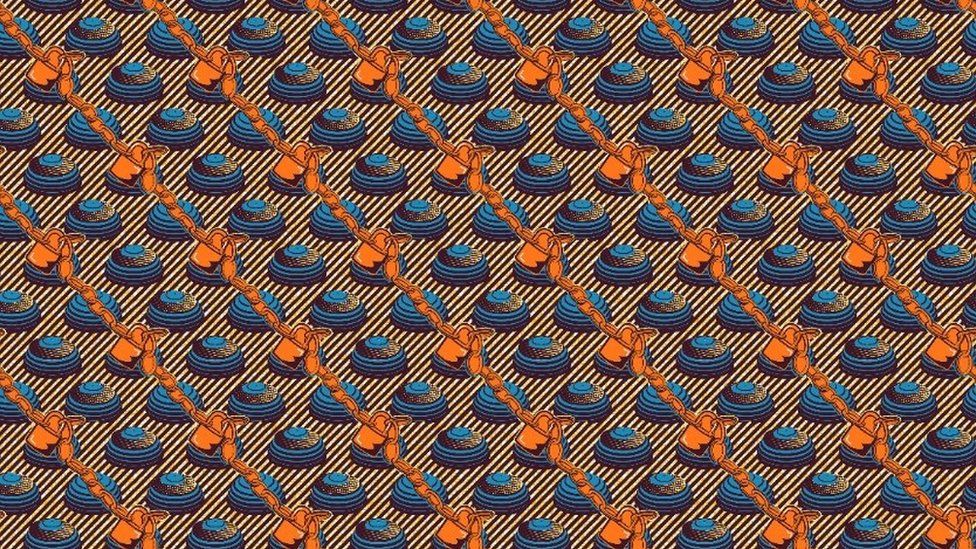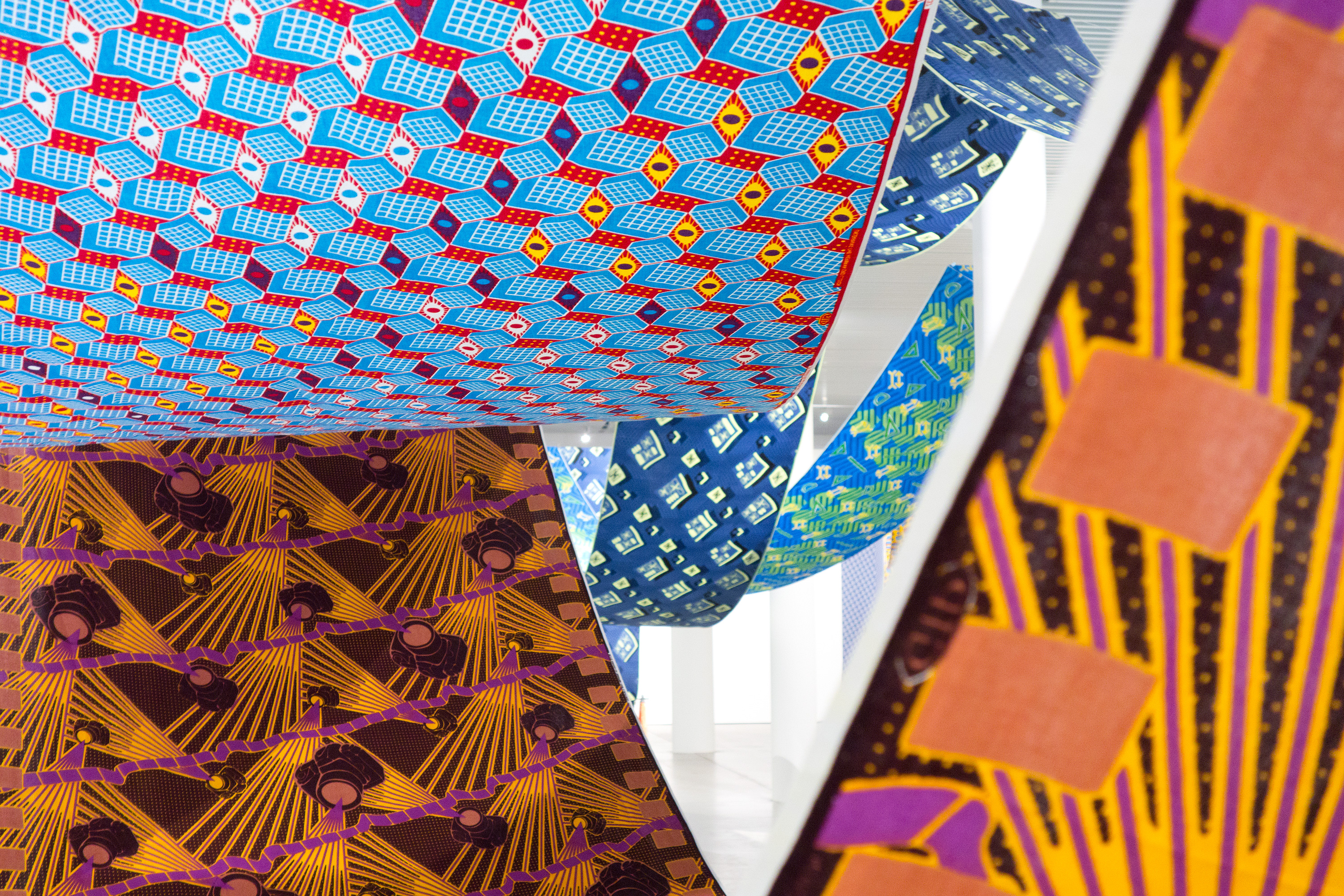“
Optical Illusions Pictures
Optical illusions are fascinating visual phenomena that can deceive our eyes and challenge our perception of reality. These mind-boggling illusions have captured the attention of people worldwide, from researchers and scientists to everyday individuals who are intrigued by the mysteries of the human mind.
One popular optical illusion is the \”hot air distort\” illusion, where the air’s temperature causes objects in the distance to appear wavy and distorted. This phenomenon can often be observed on a hot summer day, especially when looking at objects on the horizon.
Another intriguing illusion is the \”waving tile floor\” illusion, commonly found in older apartment buildings. Due to the arrangement of the tiles, the floor appears to be moving or undulating, creating a disorienting effect for those who encounter it.
As an avid reader and writer, I have always been fascinated by optical illusions and their ability to captivate our minds. The largest wind turbine, for example, can create an optical illusion when its blades rotate at high speeds, giving the impression of a solid object rather than individual blades in motion.
Having a strong prior knowledge of optical illusions and exceptional observational skills can enhance our ability to perceive and appreciate these brain-challenging activities regularly. It is no wonder that optical illusions have become a favorite subject for researchers like Phillip Kent, who study the mysteries of perception.
Medical professionals also credit optical illusions for their potential to enhance cognitive abilities. Engaging with these illusions can stimulate our brains and improve our cognitive functions, making them an intriguing field of study for researchers and psychologists.
One such phenomenon is the \”anomalous motion phenomenon,\” which occurs when stationary images appear to move. Experimental psychologist Akiyoshi Kitaoka is known for his work in this area, creating optical illusions that play tricks on our visual perceptions.
Optical illusions can take various forms, from simple illusions like the \”cubes corners stops\” illusion to more complex illusions like the \”camel eating fruit\” illusion. These illusions often rely on our brain’s interpretation of visual cues, leading to a discrepancy between what we see and what is actually there.
In today’s digital age, optical illusions have gained popularity online, with platforms like Hearst Digital Media showcasing some of the most mind-bending illusions. Social media loves optical illusions, and they often go viral, captivating millions of viewers with their amusing cognitive elements.
London Underground Map Illusion
One of the most famous optical illusions is the London Underground map illusion. This illusion plays with our perception of space and distance, making certain areas of the map appear closer or farther than they actually are. It is a testament to the power of visual perception and how our brains interpret spatial information.
When looking at the London Underground map, you may notice that the lower left-hand corner and the lower right-hand corner seem to be closer together than they should be. This illusion is created by the way the map is designed, with certain lines and curves strategically placed to create this visual distortion.
Science journalist Yilin told us, \”The London Underground map illusion is a prime example of how our brains can be easily tricked by visual cues. It’s a fascinating phenomenon that has puzzled researchers and commuters alike.\”
Imagine walking through a dimly-lit tunnel located deep underground. As you make your way through, you notice a low ceiling sign that warns you to watch your head. Your brain processes this information and prepares your body to duck to avoid hitting your head.
However, as you approach the sign, you realize that it is an optical illusion. The sign appears to be much lower than it actually is, creating a moment of confusion and surprise. This illusion is created by the clever use of perspective and visual cues.
Another example of an optical illusion involving human perception is the \”open palm facing\” illusion. When someone extends their arm with their palm facing up, it may appear as if their hand is facing down. This illusion is a result of our brain’s interpretation of visual cues and the way we perceive depth and orientation.
Optical illusions can elicit strong reactions from people, with some individuals having a stronger reaction than others. Research has shown that men tend to have a stronger reaction to certain optical illusions compared to women, although the reasons behind this are still being studied.
The internet has been utterly stumped by some optical illusions, with viral images and videos leaving viewers scratching their heads. Platforms like TikTok have given rise to illusionists like Pasillusion, whose mind-bending videos have garnered millions of views and sparked discussions about the nature of perception.
As we delve into the world of optical illusions, it is important to remember that these illusions are not limited to visual perception alone. They can also affect our other senses, such as hearing and touch. Optical illusions have the power to challenge our understanding of reality and make us question the limits of our perception.
In conclusion, optical illusions are a fascinating and mesmerizing phenomenon that has captured the attention of people worldwide. From the mysterious missing leg illusion to the elaborate geometric patterns created by artist Akiyoshi Kitaoka, these illusions continue to amaze and intrigue us.
Whether you are a scientist, an artist, or simply someone who enjoys a good optical illusion, there is no denying the allure and fascination of these mind-boggling phenomena. So next time you come across an optical illusion, take a moment to appreciate the beauty and complexity of our visual perception.
Contact No: 233541161798
“





